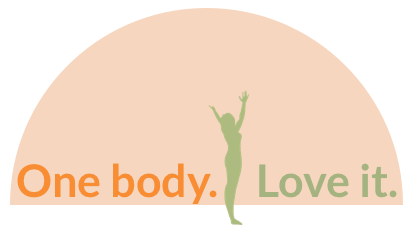Pilates
The Rise and Rise of Joseph Pilates

Born in Dusseldorf, Germany in 1880, a frail child afflicted with rickets, asthma and rheumatic fever, Joseph Hubertus Pilates spent his life determined to restore his health and body condition.
Yoga, gymnastics, skiing, self-defence, dance, circus training as well as weight training are amongst the many exercise pursuits Pilates endeavoured to master to achieve his goals. A combination of the various disciplines Pilates practised, combined with mental focus and specific breathing techniques saw the birth of what has since become a world-renowned, respected exercise technique.
Originally Pilates developed a series of mat exercises designed to build abdominal strength and body control. These exercises he applied to the detectives he trained at Scotland yard, under the method originally coined by Pilates as ‘The Art of Contrology’. The outbreak of the First World War meant a shift for Pilates to the Isle of Man where he was interned. This soon became an essential training ground for Joseph where he began treating his maimed and wounded inmates with astounding success. In terms of rehabilitative credentials, Joseph Pilates was way ahead of his time. Hospital beds rigged to springs, which later evolved into the piece of equipment now known as the Cadillac, alongside other contraptions such as the Reformer, the Barrel, the Wunda Chair and the Magic Circle or Isotoner are still widely used today.
In 1923 Joseph Pilates emigrated to the USA settling in NY city where the first-ever studio was opened on Eighth Avenue in Manhattan. Its popularity in American culture soon grew a steady and devout following of dancers and performers. A trend that today still continues with celebrities and athletes alike stating their claims to the effectiveness of the technique. A technique that has today become popular and accessible also to those away from the limelight and used widely by physiotherapists, chiropractors and osteopaths.
Joseph Pilates died in 1967 aged 87 years of age, his method barely known beyond the elite groups of dancers and actors who were privileged enough to work with him. He was a man who was passionate about his work and believed every school and gym should teach it. He was once quoted as saying ‘I am fifty years ahead of my time.’ He was right.
The success of Pilates has become a phenomenon that continues to shape the exercise industry under concepts of ‘core fitness’, and ‘stability training’ alike.
In the technologically advanced society we live in today, our health is paying the price. The impact of sitting for long periods of time at a desk holding fixed static positions with poor postural awareness, or overuse of muscles and joints in repetitive sports, has created muscular imbalances leading to a host of conditions resulting from lack of strength, flexibility, stability, coordination and control, not to mention the psychological stress associated from restricted ease of movement which can easily spill into lack of self-confidence.
Pilates dream was that one day the principles of his revolutionary technique would be practised and applied to all forms of movement, transforming the way we think about and move our bodies.
With the explosion and success of Pilates in the last decade, this dream is in partial fulfilment. For others who have yet to try Pilates, the benefits still await them, whilst those who practice the exercise technique regularly continue to boast of the changes Pilates can bring.
